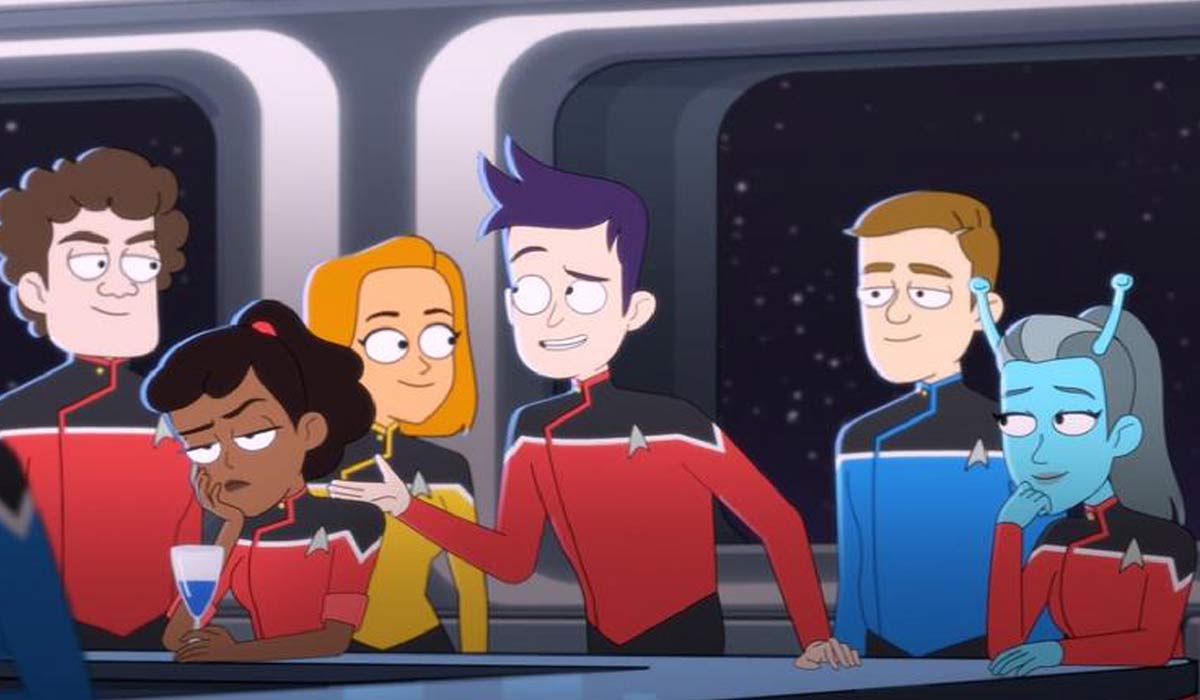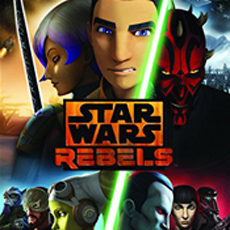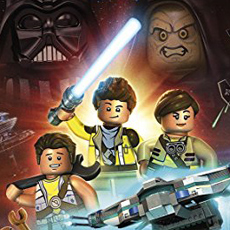Titmouse (2020), Paramount Home Entertainment/CBS DVD (May 18, 2021), 2 Discs, 251 mins, 16:9 ratio, Dolby Digital 5.1, Not Rated, Retail: $25.99
Storyboard:
A group of ensigns on the aging star ship USS Cerritos bond together as they assist the crew on their many missions.

The Sweatbox Review:
I have always loved Star Trek, ever since watching reruns of it on Saturday mornings back in the 1970s, starting when I was about seven years old. I thrilled to the adventure, the characterizations, and the explorations of both themes and alien worlds. But I have to admit, there has always been an aspect of camp to the franchise, which has been embraced to varying degrees through the years. So, while the idea of turning it into a situation comedy may seem weird or antithetical on the surface, it may actually be viewed as a natural and even inevitable evolution. So, for those that found Deep Space Nine too serious (which is crazy, since that show could be hilarious, too), Lower Decks may tickle your neglected funny bone.
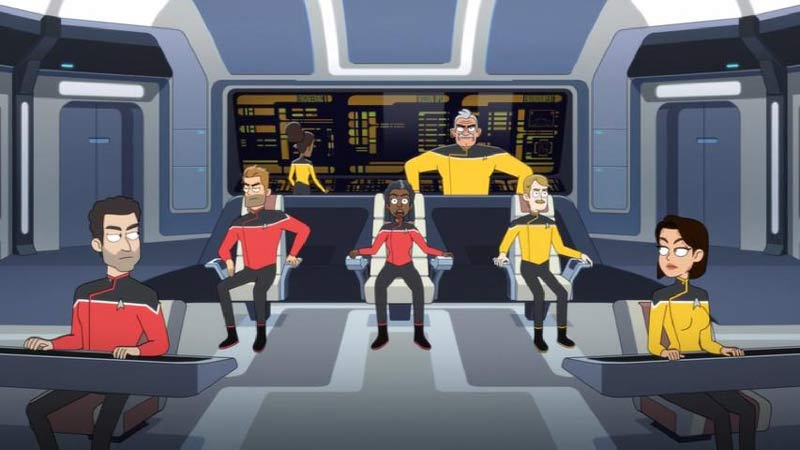
It is also a tremendously fun show for anyone who has loved Star Trek in its many forms. Sure, it pokes fun, but it does so lovingly, with deep cuts that reference everything that fans love and treasure. The idea is not to berate Star Trek in any way, but to instead find the humour in Star Trek situations. The dialogue comes fast and hard, but if you pay attention, you may get a few extra laughs. Those who still adore mighty Chief Miles O’Brien, or who can wistfully reminisce at how Wesley Crusher was almost executed (so close!) on a planet of half-naked beautiful people just for stepping on the grass, will enjoy all the many refences to past shows. Not that it’s necessary to know all those things, but the show’s writing certainly rewards old-time fans.
Creator Mike McMahan (Rick And Morty) and his writers know their Trek lore, making Lower Decks an honestly in-canon experience, seen through a comedy lens. The last time that Star Trek was animated, it was the 1973 Filmation TV show, which served as basically a fourth season of the original series, complete with voice work by the original cast and generally serious stories. This time around, executive producer Alex Kurtzman gave CBS All Access a new premise, though one based somewhat off of a beloved episode of Star Trek: The Next Generation (also called Lower Decks), which took a look at the lives of crew members that were outside the command structure.
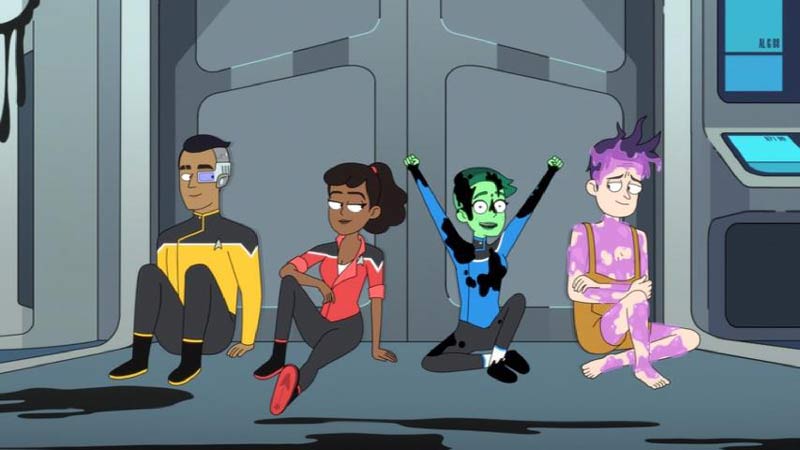
The USS Cerritos (named after a small, humble California city) is a starship that – while it still serves an important purpose within Starfleet – it has admittedly already seen its best days. Its equipment is getting old, breakdowns are becoming more common, and the missions are not as A-list as they once were. Captain Carol Freeman, though quite capable, has been relegated to taking on more minor missions, often in support of larger ones. Aiding her is second-in-command Commander Ransom, a somewhat narcissistic, rule-loving pretty boy of an officer. The tactical officer is a tough Bajoran named Shaxs, and the doctor is T’Ana, a cat-like humanoid that is a nod to bridge officer M’Ress from Star Trek: The Animated Series.
But, while the command officers play an important role on the show, they are not the main characters. No, that honor goes to the ensigns of the lower decks, the ones who actually make the ship run, the ones who do all the menial but vitally important stuff, similar to the ship they serve.
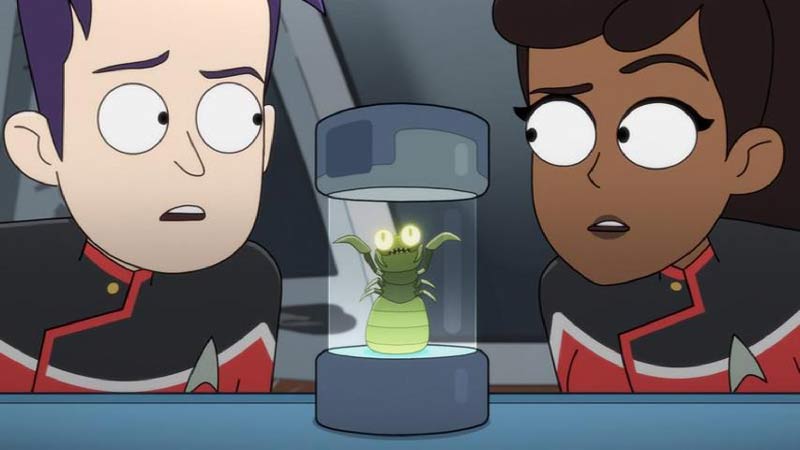
Brad Boimler is an uptight, huffy rule-follower who delights in acting according to regulations and is aiming to be a Captain someday. His opposite is Beckett Mariner, a female ensign who actively eschews protocol, rejects authority, and generally just tries to enjoy herself. Fortunately, she is also eminently capable and resourceful when she wants to be, which makes her worthwhile keeping around. Boimler, on the other hand, turns out to be next to useless in a crisis. The relationship between Boimler and Mariner is at the heart of the show, and provides its most comic moments. Though they are initially repelled by each other’s natural tendencies towards order and chaos respectively, they inevitably become the best of friends. They both love Starfleet in their own way; and ultimately, they believe in the mission, even if they have drastically different takes on how to accomplish it.

Joining them are a female Orion named D’Vana Tendi, a typical eager young space cadet who serves in the medical bay and largely concerns herself with being liked; and keen engineering ensign Sam Rutherford, who is adjusting to new cybernetic implants.
The show takes place one year after the events of Star Trek: Nemesis. Design elements therefore reference the Next Generation era, with unique takes. Uniforms belong distinctly to Lower Decks, with additional color piping elements. The Cerritos itself is very nacelle-heavy, reflecting that it is one of the more utilitarian Starfleet ships. There are also cameos by such characters as Q, and Will Riker and Deanna Troi, creating a further link to Next Gen..
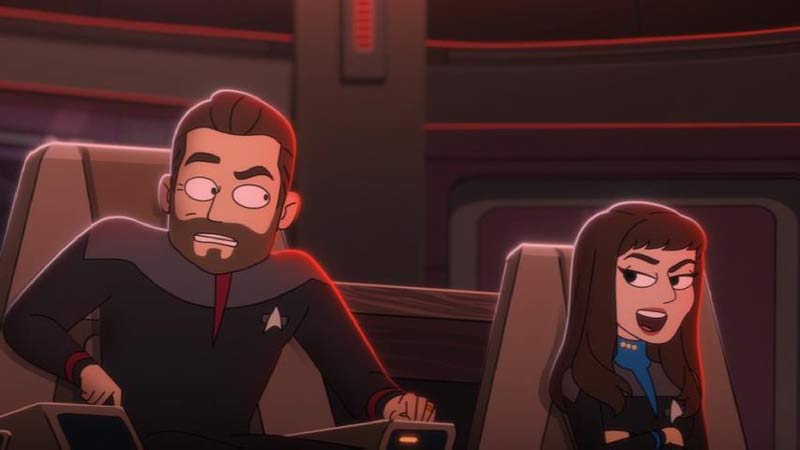
The premise basically flips the A and B stories that one would normally find on a dramatic program. So, while there are major battles, alien conflicts, and supreme threats, the viewer is mostly following character stories and what goes on behind the scenes. And behind the scenes, things are not always going well! And sometimes, those behind-the-scenes folk sneak up and become heroes, too.
Over ten episodes, the series quickly sets up the premise and then engages in a number of supposedly routine (yet ultimately dangerous) away missions, beginning with a “second contact” situation. Mundane tasks amplify into dire situations, like transporting a Klingon general then losing him; delivering diplomatic trinkets but creating a diplomatic incident instead; towing a ship somehow becomes a deadly business; and ship salvage turns into conflict. There is also the matter of a trial, holodeck hijinks, and of course transporter malfunctions.
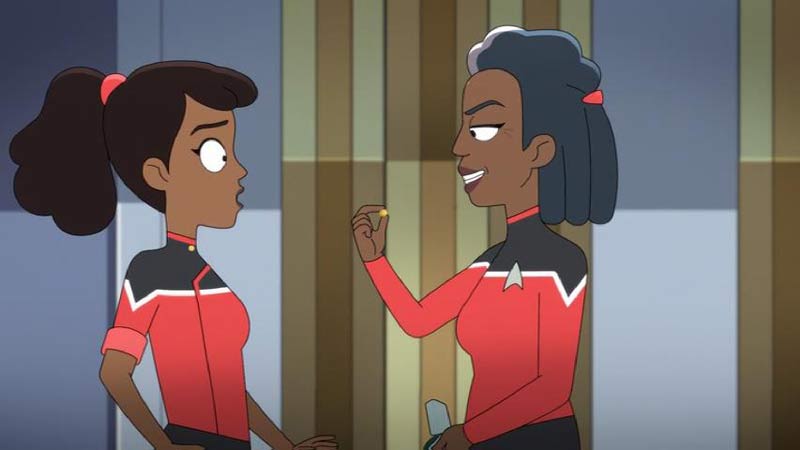
So, it’s just like any other Star Trek show, but with more laughs!
Is This Thing Loaded?
Disc One opens with an ad for Picard on disc. After that, the extras are all shown from the menu of each episode, with the exception of the final two. The first episode gets a full episode animatic, and some animatics for deleted scenes are also available on a few episodes.

Featurettes include:
Lower Decktionary: Joining Starfleet (6:22) Executive Producer Kurtzman, creator McMahan, and others discuss the conception of the show. I appreciate how McMahan wanted to write a comedy, but still have it be “a real Star Trek.”
Lower Decktionary: Aliens Among Us (7:31) Directors and artists talk about adapting old aliens to the Lower Decks series, and creating new ones.

Lower Decktionary: The Animation Process (8:09) Here, they examine the process of bringing together the right group of writers, and then move into general production of episodes.
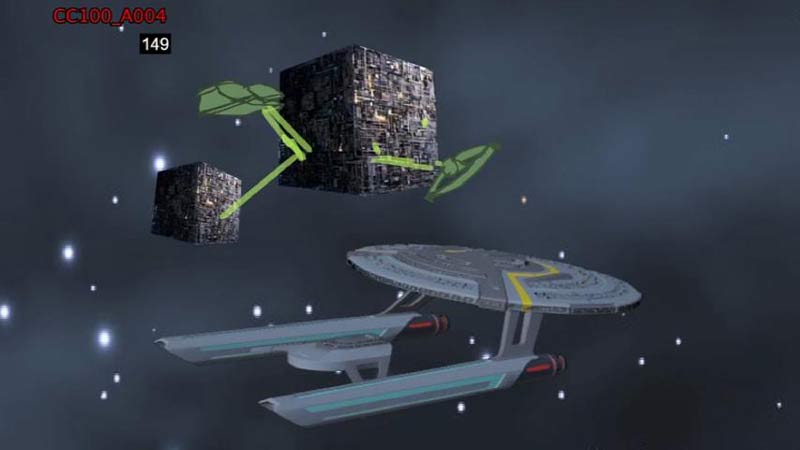
Lower Decktionary: The Main Titles (7:15) The titles are examined, in terms of conception and intent, and also the show’s theme.
Lower Decktionary: Art Direction (4:59) The idea of designing the characters as “prime time sitcom” characters while still allowing for drama and action is explored.

Lower Decktionary: The Holodeck (6:32) Obviously, the writers love the holodeck more than I ever did. Good for them.
Lower Decktionary: Division 14 (4:05) The “medical specialists” who deal with such things as transporter accident victims is touched upon.
Lower Decktionary: Deck Dynamics (5:06) The creators discuss how the crew interacts, and how even the command crew is flawed in the most human ways.
Lower Decktionary: The Music of Lower Decks (6:19) McMahan and composer Chris Westlake describe the effect that the show’s earnest score has on making the comedy even better. The wonder of Starfleet’s mission comes out in the music, and is totally evocative of Trek.
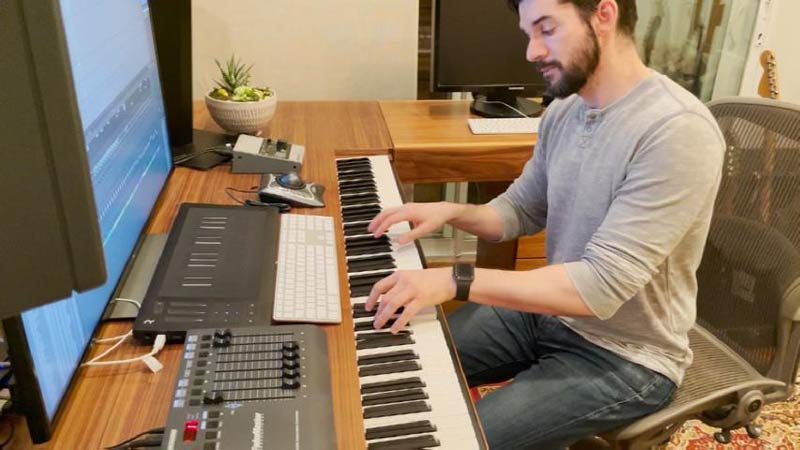
Crisis Point: The Rise Of Vindicta Trailer (1:28) This is an in-episode joke.
Lower Decktionary: All In The Family (6:31) Here, star Tawny Newsome (Beckett Mariner) describes how natural it is to explore humour on Star Trek, given how comedy has always been a part of the franchise. McMahan also talks about how the show fits into the legacy of Trek, and we hear about the use of classic characters and how their appearances had to be earned.

Faces Of The Fleet (24:42) examines the talented cast, with numerous cast interviews.
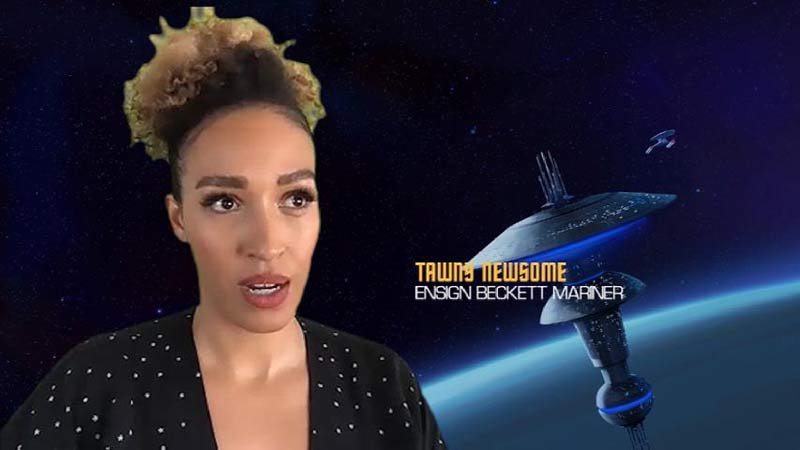
Hiding In Plain Sight (7:39) reveals numerous “Easter eggs” placed into the show.
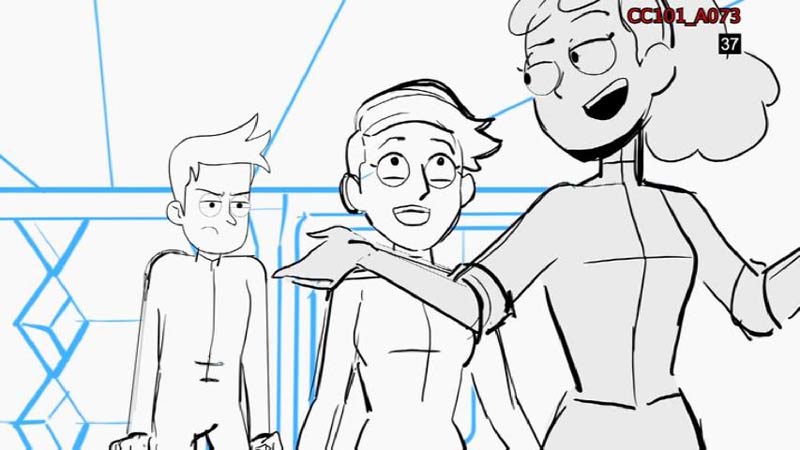
Case Study:
Paramount sent us the DVD version, which comes with a swing tray for one of the discs, a slip that duplicates the cover, and a small insert advertising Trek and Paramount+, the new name for CBS All Access. A Blu-ray and a Blu-ray Steelbook edition were also released.
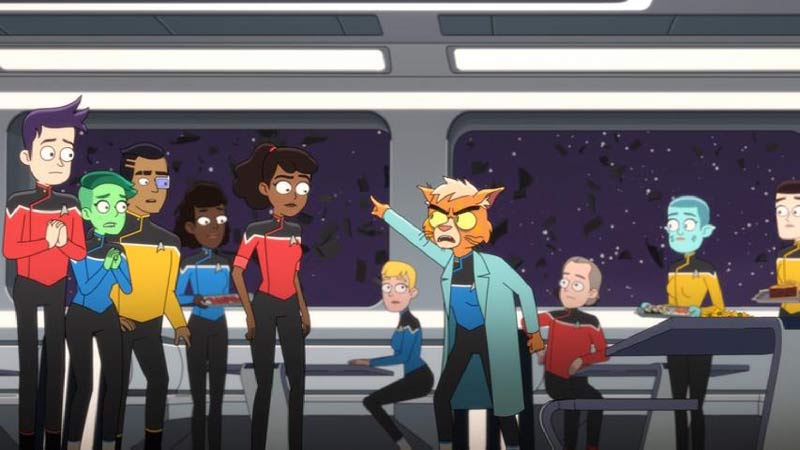
Ink And Paint:
While it would have been great to see how the show looks on high-def disc, the DVD itself looks pretty good. The 16:9 picture is quite solid, aside from very occasional aliasing when a ship or other object is moving through space, but that might even be inherent to the original animation.
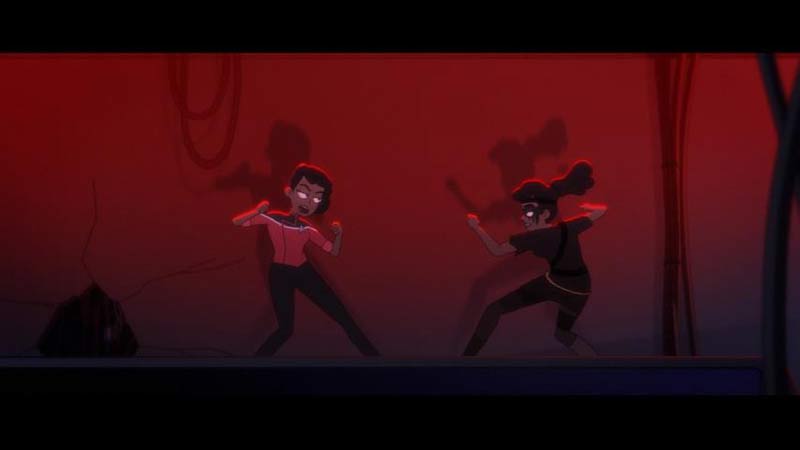
Scratch Tracks:
Though the show was largely recorded in the actors’ homes, due to pandemic restrictions, the dialogue comes across well, never sounding difficult to understand, though there is often a mild echoey quality if you listen for it. The sound design utilizes classic sounds from the franchise, particularly the Next Generation era. The music is also done straight, reflecting that these are real missions with serious consequences, even if we are seeing the funny side of things. The contrast works perfectly, keeping the stakes real, the drama potent, and the laughs sincere.

The surrounds and rear speakers get a modest workout, and there is light use of bass. The English track is available in 5.1 or 2.0. There are English captions, and no other language options.
Final Cut:
Before watching the show, I was feeling pretty ambivalent about it. But then you hear that theme, which is honestly one of the best Trek themes ever done, not giving any hint of the show’s comedic intent, but matched with visuals that betray the show’s true nature. Having now watched the first season, I am really quite enthusiastic. Someone should have told me that it was kind of like Futurama, another favourite show of mine, but taking place in the Star Trek universe, using only Star Trek references. How could I not love that? Even then, though, it could have gone badly, but thankfully that is not the case. Genuinely funny writing, stories that are authentically Trek, a slick animated style, and wonderful voice work – that sells both the humour and the drama – make for a very entertaining show. Really, it’s the Star Trek show I never knew I wanted.
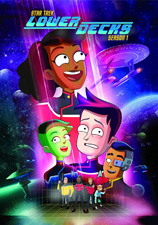 |  |


